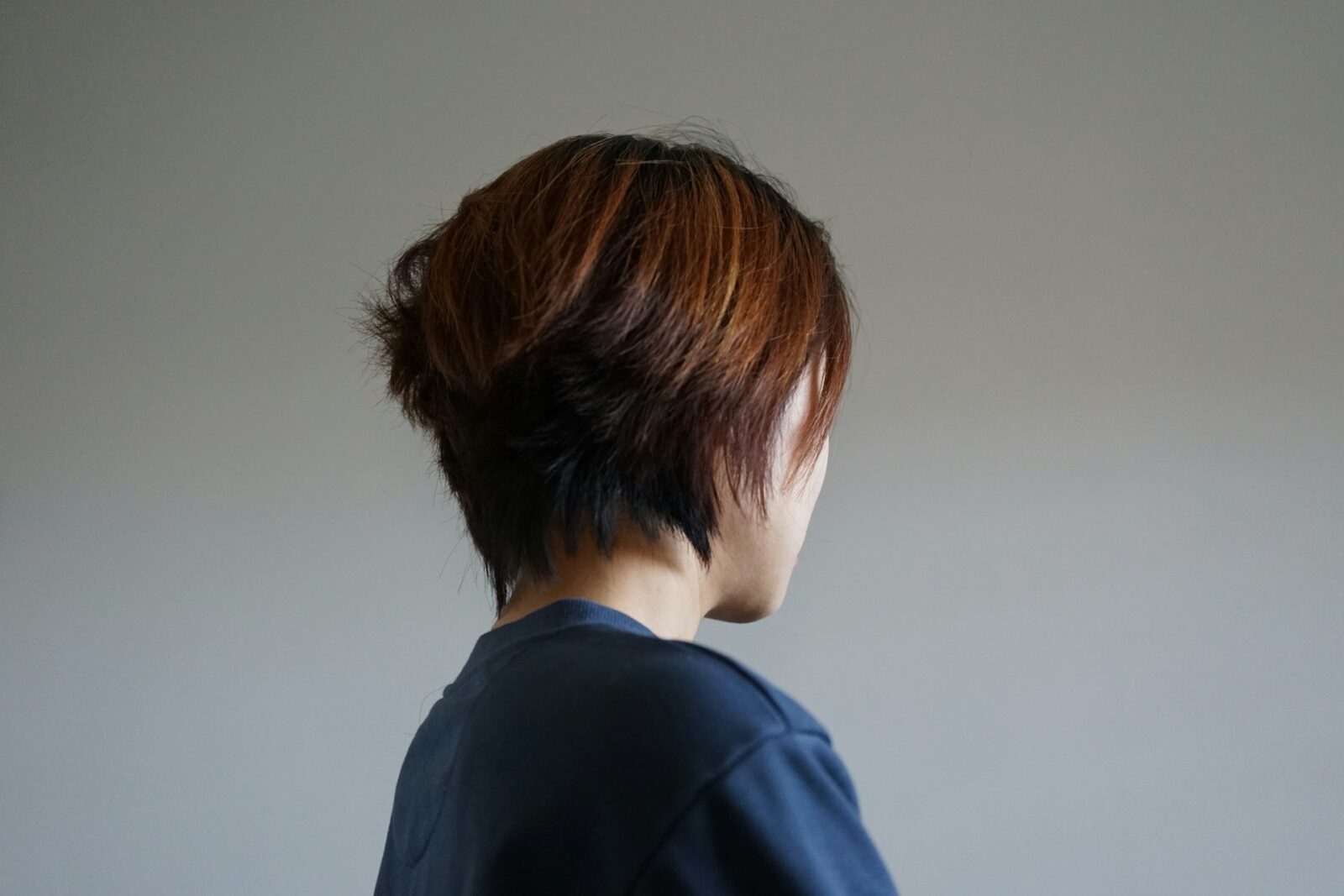Alopecia is not an easy burden to bear, since it affects not only the looks but also self-confidence. Hair transplants are something many people think about in their efforts to have full head of hair once again. So then what does that change actually look like? Today in this blog post, we shall immerse into the world of follicle clinics, and learn of inspiring before and after stories of real patients who took their chances. You will learn how the practices take place, why finding the ideal surgeon is important and debunk some of the myths about hair transplants. Come with us and take a look at how it feels to have a successful hair transplant experience!
Understanding Hair Transplants and the Process
A hair transplant has become a trendy option of treating baldness. This process treats grafting hair follicles on one area in another of the body usually with the back or sides of the head.
There are two major methods: The Follicular Unit Extraction (FUE) and the Follicular Unit Transplantation (FUT). All these approaches have their advantages and downsides depending on the requirements of an individual.
In FUE, the extraction of individual follicles is taken much care. On the contrary, FUT requires the extraction of a strip of skin that has several follicles on it. Either approach can have a natural effect when done by a qualified practitioner.
An after-treatment procedure is essential to healthy growth and recovery. The patients will be characterized by some swelling and discomfort but they will dissipate within days.
Knowing how this process works allows us to have realistic expectations The hair growth experience does not just revolve around the surgery but rather eliciting patience as the results are realised with time.
The Importance of Research and Choosing the Right Surgeon
It is important to find the right surgeon to conduct hair transplant. This choice can have a tremendous impact on your procedure outcome and general satisfaction.
The first thing is to do a research on the follicle clinics in your locality. Research the surgeons with a good reputation, good patient feedback and proving before and after photos that appeal to you.
You should not be afraid to ask some questions during the consultations. Ask them about their experience, methods of doing things and after care methods. An experienced doctor is supposed to be open about the results and possible dangers.
Make sure that they are accredited and registered with well-established medical associations. Qualifications are relevant; it is mostly the result of a lifetime embedded in specialist processes.
Use your intuition to gauge levels of comfort in meetings. Just a positive rapport with your surgeon may prove to be of benefit as you start on this personal endeavor of healing.
Before and After Stories of Real Patients
It can be motivating to listen to the experience of actual patients. There are series of stories about hair transplantation procedures shared by many people indicating the change that they have gone through.
Mark is one of the patients who had to fight with hair loss. He experienced severe regrowth in months after practising the follicle clinic procedure. The self-confidence had boosted, and he had adopted a new image.
And Sarah. She had been conscious of the balding head since childhood. After her visit to a well respected clinic, she could not believe the natural results she had seen. She was praised about her new enthusiastic change by friends and family.
Another example of success story is that of James who wrote his whole process on the internet. His before and after pictures depicted amazing transformation, which appealed to numerous audience who were also in need of the same answers.
These are some encouraging individual testimonies and attest to the fact that there are effective interventions to the challenges of hair loss in a world where advanced follicle clinics are a reality.
Common Myths About Hair Transplants Debunked
There is much confusion and hesitation due to many misconceptions connected to the hair transplants. One of the popular fake outs is that they appear unnatural. In actuality, very natural results can be achieved by experienced surgeons in follicle clinics.
Another common myth is that hair transplant can be done only by the old people. But with the younger generation (such as those in high school or university), they would often lose their hair prematurely because of either their genes or a stressful life situation and look to cure the problem at an early stage.
Others believe the procedure is painfully agonizing In the majority of patients, the procedure and the aftermath are accompanied by little or no pain due to new techniques of anesthesia.
As some think that when you have transplant then you would never lose hair. Although transplanted hairs are more permanently established, the overall health of the scalp cannot be disregarded in order to support the survival of the other non-transplanted hairs.
Research on these myths can help potential patients make an informed choice concerning their choices in restoring their confidence via the available hair restoration methods.
Tips for a Successful Hair Transplant Journey
Hair transplant can be an exciting and perhaps frightening experience. Here are a few general suggestions to make sure your experience is the most successful one:
One, do not underrate the force of proper research. Take time to research on the various follicle clinics and their image. See what previous patients are saying about the quality of care or go on and read reviews about the hospital. This foundation will guide you to make the right choice on where to get your procedure done.
Second, meet with more than one surgeon and commit to him or her. Other experts might provide practices or methods that are more likely to match your need. An individual consultation may also provide you with an understanding of the competence of a surgeon and your level of comfort with him/her.
Third, observe pre-operative instructions. Your surgeon will offer you guidelines on what you should not do prior to the day of surgery like smoking or medications. Strictly followed, these recommendations can be helpful in the success of your transplant.
After surgery care is just as important to have the best results! Make sure to know every aftercare procedure provided by your clinic- such as preventing vigorous activity or certain washing methods you should carry out on your hair once off it.
Be patient with this process; recovery takes time and what you may see right after the procedure may not be what you see long run. It is important to set our expectation to give ourselves time to recover.
It is prudent that you follow up your surgeon after the procedure to receive check-ups and progress reports. Remaining active in your recovery means you are alert to the possible problems at an early stage.
Proactively approaching each step of the process, including research and post-op care, will put you on a transformational path towards getting back to fuller hair growth that has already been adopted by multitudes of people within the field.
















